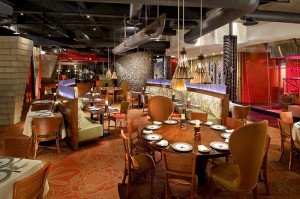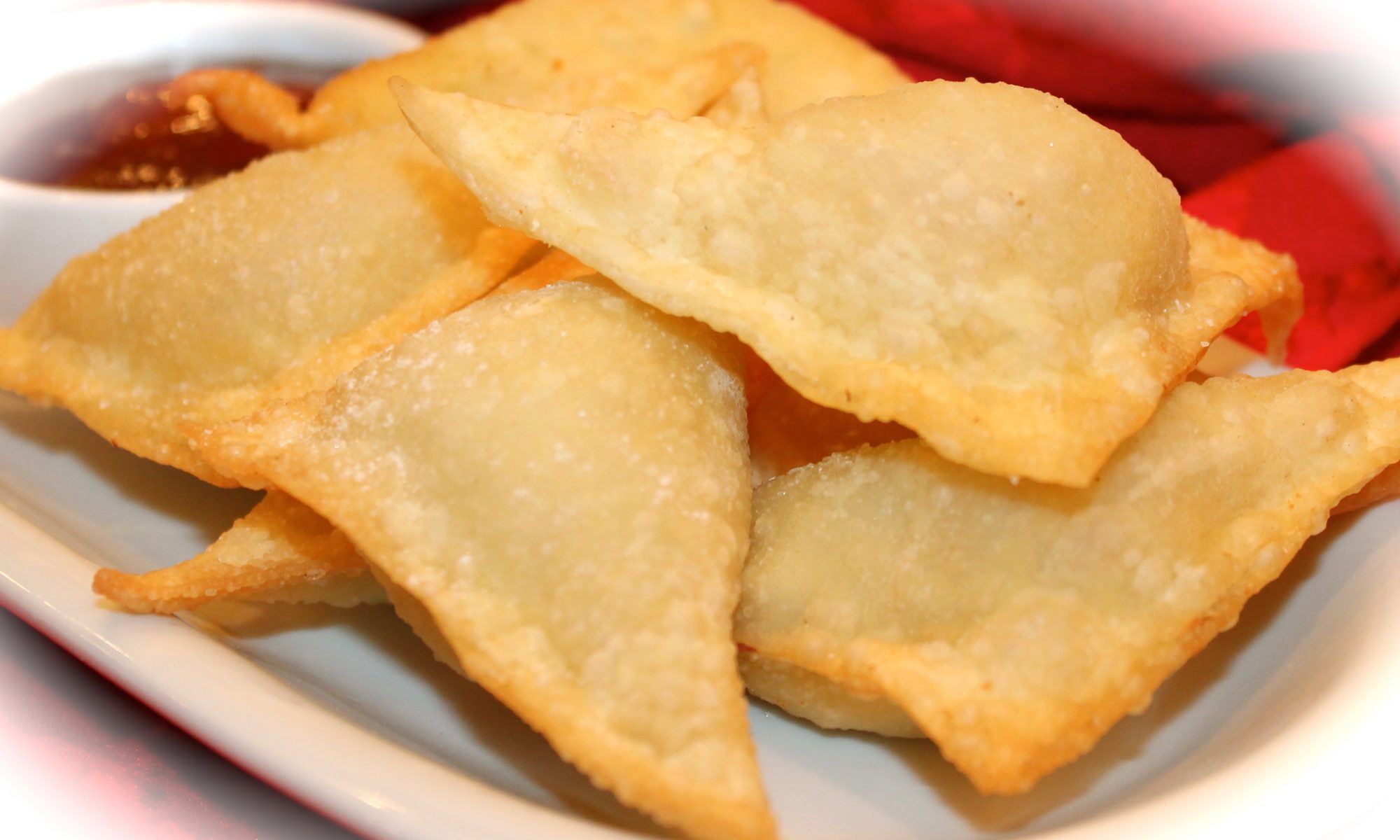 I’ve always had a thing for tiki culture. It must have started when I was a kid and my Mom liked to go with her friends to a restaurant on the Peninsula called the Castaways that had a fashion show while you were eating and women [usually in bikini tops] would walk up to your table and give you an up close view of their outfit. Because of this I think I started to go through puberty at about seven.
I’ve always had a thing for tiki culture. It must have started when I was a kid and my Mom liked to go with her friends to a restaurant on the Peninsula called the Castaways that had a fashion show while you were eating and women [usually in bikini tops] would walk up to your table and give you an up close view of their outfit. Because of this I think I started to go through puberty at about seven.
It was more than the girls though, Tiki Culture was still kind of big when I was a kid having hit its peak in the 50’s when Hawaii joined the United States as its 50th state. The whole Tiki Culture thing started long before Hawaii became a state though.
It actually started in 1934 when A guy named Ernest Gantt started a bar and restaurant called Don The Beachcomer in Hollywood. He invented lots of tiki drinks that had nothing to do with Hawaii or anywhere else in the tropics other than the fact that they used rum which was pretty cheap at the time. Ernest changed his name to Donn Beach to solidify his place along with one of the mainstays of tiki cocktails, the Zombie.
Not too long after Don The Beachcomber opened though then a man by the name of Victor Bergeron visited the Beachcomber and thought to himself…I can do this one better. Trader Vic’s soon replaced Hinky Dinks in Oakland and with his keen eye for business Trader Vic’s blossomed. There were locations opening up all over the US with the last one oddly enough opening up in Hawaii. Victor Bergeron has himself seated at the tiki hierarchy along with Donn Beach because of this and Trader Vic created the famous Mai Tai.
Not so surprising Trader Vic’s caused a blossoming in the San Francisco Bay Area of tiki bars. There is of course the Tonga Room at the Fairmont Hotel that has been saved for now from closing. For those in need of more of a dive tiki bar there was Trad’r Sam’s in the outer Richmond which is probably one of the last places that you would expect to find a tiki bar.
These were all the old school tiki bar/restaurants. The drinks were strong and the food, while somewhat pedestrian by today’s foodie standards were Americanized version of Asian food with appetizers like Crab Rangoon or Rumaki usually being served. The entire environment was dress how people expected the tropics to be, not necessarily how they were. My wife and I went to Hawaii and when the heat and humidity hit here when we got of the plane I was surprised she didn’t turn right back around and fly home. In San Francisco you don’t have to worry about heat and humidity though so the cheap grass skirt hangings and wooden canoes were just nice and not what you would see in your everyday life.
Tiki bars and their culture were a form of escapism and San Francisco was no better place to escape from it all. There were other places around the city that had bits and pieces of tiki influence that weren’t tiki bars. If you go to Bimbo’s 365 club they still have the fish tank behind the bar where through optical effects a girl down below dressing in a mermaid outfit looked like she was swimming around in the tank. Most bars would make a Mai Tai or Zombie, but they never did it as well as where they originated.
The Vietnam war started to cause a fade in Tiki Culture, but it never disappeared as a form of necessary escapism for many. I know of several friends who’ve created tiki bar like home bars that are always a lot of fun to have a drink at, but when those drinks come cheaper your liver might protest a bit more.
The Tiki Culture of yesterday has made a comeback though which is a good thing. Trader Vic’s, the Tonga Room and Trad’r Sam’s are still in business now joined by Smuggler’s Cover, Bamboo Hut and Tiki Haven among others. The older places have updated a bit [well, maybe not Trad’r Sam’s] and the new places are giving a spin on Tiki Culture for the new millennia. Definitely check out at least one of the old and one of the new so you can compare and don’t forget your Hawaiian shirt!






